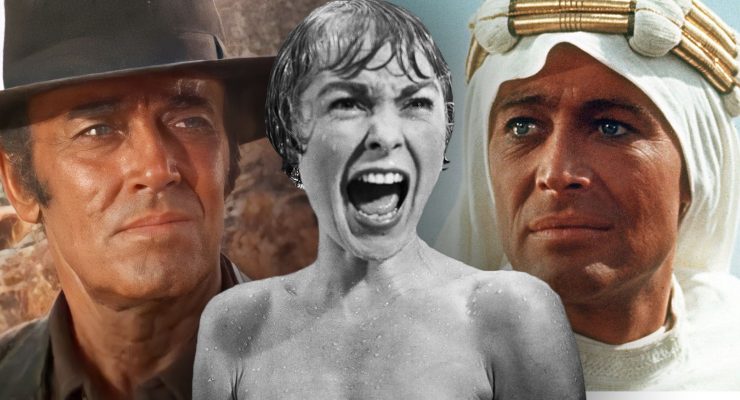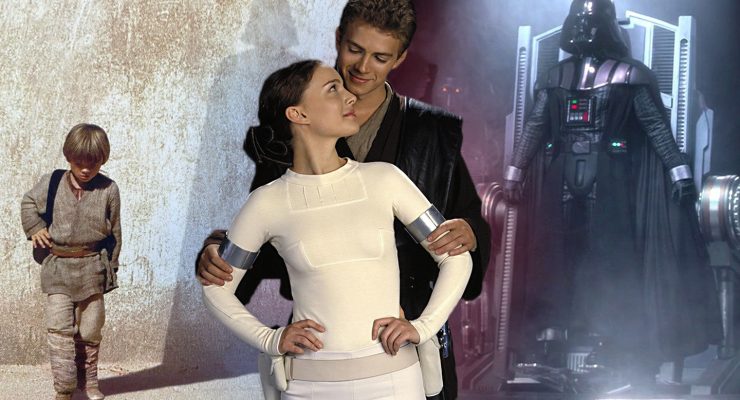Liam Hoofe reviews The Death of Stalin…
When talking about Russia, Winston Churchill once said ‘Russia is a riddle wrapped in a mystery wrapped inside an enigma’. This quote alone demonstrates what it was that makes Russia the most fascinating country of the 20th Century. The Soviet Union and their decades-long rule over large parts of Eastern Europe still fascinates large portions of the world’s populace today, and The Death of Stalin, recently adapted to screen by Armando Iannucci, is one of the finest pieces of literature produced on the subject.
Examining the events before and after the novel’s titular event, The Death of Stalin is a book about paranoia, deceit and above all else, the fragility of a system built on the cult of personality. The central plot of the novel focuses on the positioning for power that came following the death of Stalin, but the novel’s central themes are vast. It is, first and foremost, an examination of life under a totalitarian regime. In equals parts terrifying and hilarious, the novel scrutinizes the inner politics of such a system and makes them seem both farcical, and incredibly dangerous, a difficult balancing act that, in the hands of a lesser writer, could have proven disastrous.
The novel opens with a disclaimer, one which states that while the events of the novel are based on facts, the writer, Fabien Nury has taken certain artistic liberties for his recreation of the events. The novel opens with a short aside about a musical performance. The performance is a huge hit, so much so that Stalin himself demands a recorded version of the event, the only problem is, they weren’t recording the event. As a result, the panicked performers run around, desperately trying to recreate the exact moments of the performance in an attempt to evade punishment from their leader. It’s a nice way to kick things off, establishing the fear and paranoia of a nation living under the red flag.
Shortly after, Stalin suffers a stroke, and his nearest and dearest comrades are all gathered at his bedside, desperately trying to work out whether he is going to live, while also scheming about what to do if he doesn’t (spoiler, the latter is the case.) These events are the crux of the novel, and Nury performs an excellent balancing act from here on in. Totalitarian regimes are often ripe for satire, and The Soviet Union has suffered more than most at the hands of satirists in the last 30 years. The characters here are all gross caricatures, ones who are selfish and power-hungry; willing to stab one another in the back at any moment. They are also wonderfully distinct, something which helps the comic move along at a blistering pace.
Among all this paranoia and betrayal, Nury manages to find plenty of space for some farcical humour too. Stalin’s son, in particular, feels the brunt of this, and he is often at the center of many of the novel’s most outrageous scenes. The humour is sharp and well-timed and never manages to damage the feeling of intense paranoia that runs through the novel’s pages.
Artist Thierry Robin deserves a lot of credit for his work here as well. His version of Soviet Union Moscow feels hauntingly familiar and the cold colour palette of the pages does an excellent job of conveying the atmosphere, and the general mood of the nation at that point in their history. Naturally, the novel also has bold splashes of red to accompany its harsher tones and all of this makes for the perfect mix, making the novel not just a great read, but a visual delight also.
The Death of Stalin is an excellent graphic novel, one dripping with paranoia and betrayal, which sinks its claws into you from its frantic opening all the way to its inevitable closing pages. Nury effortlessly brings to life one of the most mysterious times in modern history, giving us one of the most intelligent and funniest graphic novels in recent memory.
Rating: 9/10
Liam Hoofe












